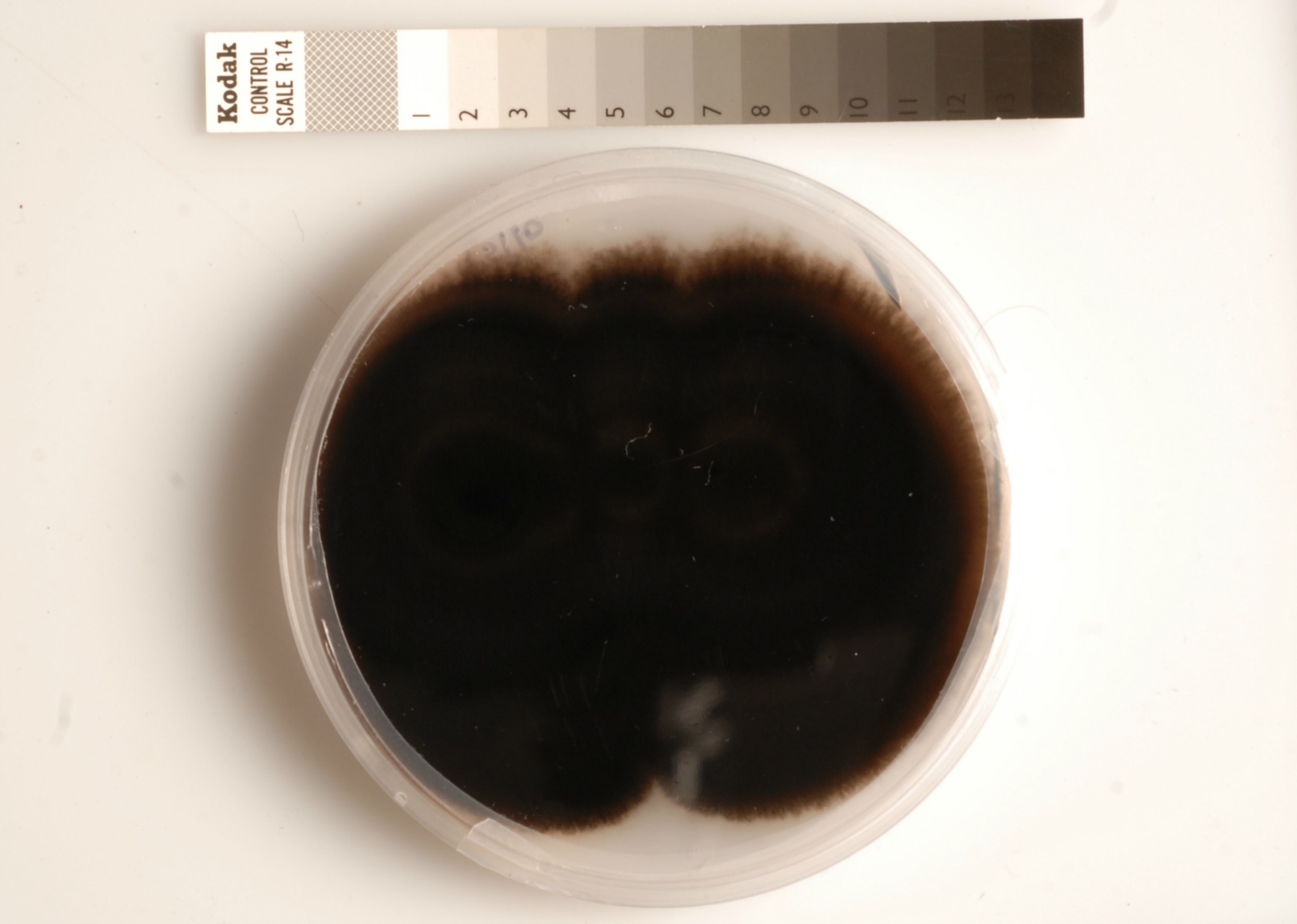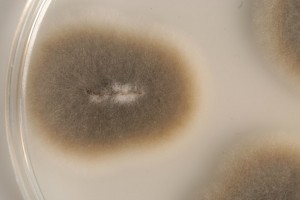A predictable and reliable increase of long-lived carbon in cropping and grazing soils would be a wonderful thing for the farming industry. Carbon sequestration will benefit soils, improve the resilience of businesses and the productivity of our farms. There may also be opportunities for financial gains from carbon trading.
To reap the benefits for crops and pastures, and for the confidence of trading however, we need to ensure stable soil carbon. The processes required for deposition of stable organic carbon is the subject of research of which details are emerging. When similar topics popped up several times in my learnings in the last few weeks I thought it was time to check it out.
I have previously written about the importance of root exudates in the process of sequestering stable soil carbon (see There’s Carbon, then There’s Carbon). We also know that many different soil microbes play a critically important role in the carbon cycle. Microbiologists/mycologists at Sydney University, have proposed a process that gives us a better explanation of how carbon is sequestered. The potential commercialisation of their findings could be an enormous breakthrough to our industry – especially for grain growing industry.
How does Carbon enter and leave the soil?
Carbon can enter the soil as organic matter from crop stubble, plant litter trampled to the ground in pastures and from dead roots in the soil. The limitation of these sources of organic carbon however, as stated by Christine Jones, is that the organic matter is readily decomposed1, especially at the soil surface (of which crop stubble is an example).
Peter McGee and Tendo Mukasa Mugerwa, both of Sydney University, have proposed a model of the critical steps in the process of the formation and stabilisation of carbon that allows its long term storage in soil.
To understand how we can store carbon in our soil, we must also understand how carbon is degraded to CO2 and lost to the atmosphere. Carbon compounds are broken down and lost from the soil in two ways:
Hydrolysis – “The mechanism whereby microbes enzymatically degrade organic materials into smaller molecules and use the resultant nutrients for respiration, growth and reproduction.” Hydrolysis can take place under aerobic (with) and anaerobic conditions (without oxygen), although the process is slower in the absence of oxygen2. Most plant material can be degraded via this means. So, organic compounds that are able to be hydrolysed will inevitably leave the soil, as their breakdown can occur both in the presence and absence of oxygen.
Oxidation – Aromatic (circular chemical structure) and polyaromatic carbon (many rings joined together to make large chemical structures) cannot be degraded by hydrolysis. (Certain types of what we refer to as humus have polyaromatic structures. The term polyaromatics has been used here due to the non specificity of the term humus). The breakdown of organic compounds with polyaromatic structures such as lignin and melanin is only possible via oxidation, which is rapid and thorough. Models suggest that more than 90% of lignin is rapidly degraded in cultivated cropping soils because oxygen is so common, leaving little with the potential to enter the stable carbon pool.3
A Model of Carbon Sequestration
If aromatic compounds could be placed in an anaerobic (oxygen absent) environment, long term stability of carbon in soil would be assured. Anaerobic conditions are reliably found in two locations in soil: at depth and in the core of microscopic aggregates. The availability of oxygen declines below the soil surface, and between the outer layer and the core of aggregates. The availability of oxygen is also dynamic: more is available when the soil is dry, and water-logged soil is anaerobic. Storage of Carbon at depth is impractical, but remember that coal formation involved the placement of plant matter at depth where it was protected from oxidation over very long periods of time. In a practical sense, carbon could be stored for long periods if aromatic and polyaromatic forms of carbon could be placed into the core of aggregates.
In other words, the form of carbon (specifically aromatic & polyaromatic) and the placement of carbon (anaerobic) are both critically important for carbon sequestration in soil.
Plants alone directly place limited quantities of aromatic carbon in anaerobic soil. Roots are found at depth, though only a few. Roots cannot penetrate micro-aggregates. Polyaromatic lignin in the upper soil profile is always placed in aerobic locations (an example of this is crop stubble, which is high in lignin). Placement in anaerobic sites requires the help of microbes which can be found in soil aggregates. The specific microbe process is complex and involves two types of fungi:
- mycorrhizal fungi
- melanitic fungi
Let me explain this process in simplified terms – as taken from McGee et al, 2014.
Melanised Soil Carbon
The middle of a soil aggregate (anaerobic) is where aromatic substances can persist without risk of degradation from oxidation. The key then is how can we get aromatic carbon into the middle of soil aggregates?
Mycorrhizal fungi form symbiotic relationships with the roots of plants. Plants supply their entire requirement for carbon. Mycorrhizal fungi form an extension of the root system. The hyphae of the mycorrhizal fungi grow into the soil aggregates (into pores too small for plant roots) and to the core of the aggregate. The most common hyphae in soil come from mycorrhizal fungi. Up to 5M of hyphae per gram of soil may be found in forest soils, even cropping soils will have one metre of hyphae per gram! In other words, a huge quantity of energy / carbon of plant origin will be placed into aggregates. However, the carbon from mycorrhizal fungi lacks polyaromatic carbon and will be rapidly hydrolysed.
Melanin is a carbon rich complex of polyaromatic compounds that cannot be chemically differentiated from lignin. Melanin is widely found in animals, fungi and bacteria and is characterised by its dark colour. In fungi, melanin is deposited in the walls of hyphae, resulting in a dark brown to black appearance. The hyphae of the melanitic fungi grow into the soil aggregates, feeding from dead hyphae of the mycorrhizal fungi as they go. The end result of the local demise of melanised fungi is that the carbon rich aromatic melanin of the fungi hyphae is left behind in the anaerobic core of soil aggregates. Ta, daah! Resistance carbon placed in a soil aggregate where it is stable and protected from loss and breakdown. One further fragment of information helps to understand the process of carbon sequestration: that is, the least stable aggregates are the large ones, while the most stable aggregates are the micro-aggregates.
The below picture shows melanitic fungi growing on a plant root, whilst the leading photo above shows it growing on an agar plate.
So, how much carbon could this process sequester?
Tendo Mukasa Mugerwa isolated hundreds of soil fungi in his work at the University of Sydney. He selected 24 melanitic fungi which significantly increased carbon levels in soil growing subterranean clover. Increases in aromatic carbon (the stable form) ranged from zero up to 40% in replicated experimental pot trials, in just 14 weeks6! Different strains resulted in different levels of increase. Anyone that has had anything to do with carbon will know this is an exceptional increase.
The results from this work look really promising and are currently under peer review for submission for publishing. Agronomist at Forbes, Guy Webb, has taken the highest carbon sequestering strain/s and has begun preliminary field work with these on grain and oilseed crops. I will share these results with you at a later date, but results look promising and are supporting the results of the pot trials.
What does all this mean for you and me?
What the above means is that the isolation of carbon sequestering melanised fungi, and the deliberate application to farming and grazing soils could lead to significant increases in soil carbon and carbon sequestration. In a practical on-farm sense, seed and selected melanised fungi could be planted as an effective means to inoculate soil. In a broad sense, the possibilities could be likened to what the selection of specific strains of rhizobia has done for pulse crops and the optimisation of nitrogen fixation. Regardless of the impact on carbon farming, increases in soil carbon will enable the more sustainable use of agriculture soils worldwide.
If in-paddock trials continue to prove promising, the view is to see how this could be commercialised. Could melanised fungi be delivered as a seed coat, or as a pelleted product for use at planting? We will see….
Opportunity
The microbial community in soil is hugely diverse, and microbes function in complex interactive ways. The specific inoculation of melanitic fungi to soil will enhance the population of the melanised fungi above background levels, leading to the sequestration of organic carbon. While this is an exciting development, it is also not likely the only means by which stable soil carbon enters the soil. Direct correspondence with Mukasa Mugerwa informs me that there are, for instance, also bacteria that produce melanin. Also, some mycorrhizal fungi may have melanin in their hyphae. What is clear is that the addition of any polyaromatic carbon from any microbial source may enhance sequestration of organic carbon.
I don’t want to make this research sound too much like a silver bullet. It offers some amazing potential changes to the agricultural industry. I do say however, let’s consider it in the context of a biological approach to farming and grazing. We still need a myriad of soil microbes to assist plants in accessing adequate micronutrients for optimal plant health and for the plant’s ability to resist disease and insect attack.
References
1. Jones, C. (2008) Liquid Carbon Pathway Unrecognised. http://www.amazingcarbon.com/PDF/JONES-LiquidCarbonPathway(AFJ-July08).pdf
2.& 6 McGee, P et al. (2014) A mechanistic model for the stabilisation of organic carbon in soil aggregates. Unpublished paper.
3. Heim, A. & Schmidt, M.W.I. (2007) Lignin is preserved in the fine salt fraction of an arable Luvisol. Organic Geochemistry. 38, 2001-2011. http://www.geo.unizh.ch/~mschmidt/downloads/Heim+schmidtOG_07.pdf
4 Mukasa Mugerwa, T.T. (2012). Carbon storage in soil by melanised root-associated fungi. Doctoral Dissertation, The University of Sydney, Sydney.


